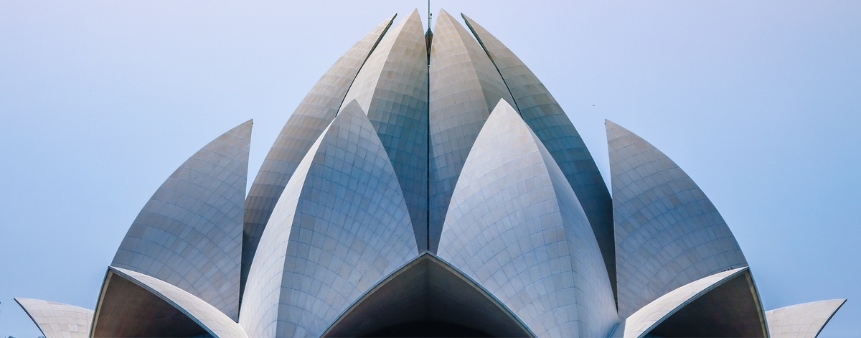Talk to India's best Astrologers
First Consultation at ₹1 only
Login
Enter your mobile number
Pashupatinath Temple is listed among the biggest Hindu temple complexes in the world and was listed under the Unesco World Heritage site back in 1979. It is an integral part of the rich culture and heritage of the Hindu religion. It is located by the holy Bagmati river in the east of Nepal in Kathmandu. It holds great significance as it is one of the twelve Jyotirlingas that exist on Earth. The head of the Jyotirlinga is believed to be placed here. Devotees who follow Hinduism come in thousands to visit this temple every year, for it symbolises trust, belief, compassion and tradition.
Enveloped by many beautiful forests around, the temple is dedicated to Lord Pashupatinath, another name for Lord Shiva. Some ancient texts mention that Lord Shiva (in the form of a deer) and Goddess Parvati resided at this place for a significant period of time. Elderly or old age people and sadhus believe that spending their last few days in this temple blesses them with Moksha, and all their sins are forgiven. They wish to be cremated into the Bagmati river, which becomes more auspicious as it eventually meets the Ganga. Hence, the Bagmati river ghat is also an open cremation site. Other people come here to feel the strong vibrations of Lord Shiva, worshipping the great lingam and additionally get mesmerised by the beauty of the greenery surrounding this complex.
Let us read ahead to get more exciting information about Pashupatinath Temple Nepal.
There are two major mythologies about how the Pashupatinath Jyotirlinga emerged and got established as a Pashupatinath mandir. Each story signifies the significance of Pashupatinath mandir Nepal and is interesting to read.
Let us have a look at each of them.
Many people from many dynasties rebuilt and reconstructed this temple a lot of times. But according to sources, it was most recently reconstructed by a Malla king in the late 17th century. Bhuplendra Malla, the king of Kathmandu (1687 - 1700), did it in 1692. The latest structure of the temple can be first seen in the painting of Henry Ambrose Oldfield, made in 1856.
Before Bhupalendra Malla, king Arjun Malla had rebuilt the temple in the 1300s when Sultan Shamsuddin invaded Kathmandu and burnt Pasupati Nepal to the ground. He broke the lingam at the centre of the temple and looted all its gold, including the golden roof and four golden horses at each of its doors. King Ananta Deva Malla donated these horses in the 1200s.
There are hundreds of temples surrounding the main Pashupati temple, which were built after it.

Pashupatinath Nepal temple is currently a two-storey building, but it wasn’t always like this. King Supusapa Deva of the Lichvi dynasty apparently built a five-storey temple made out of wood, which later changed to a three-storey and then two. This was done around 400 AD. The dynasty that preceded the Lichvis was the Soma dynasty. The king of the Soma dynasty is said to have rebuilt it around 200 AD.
Even before 200 AD, history says that the Indian Emperor Ashoka visited Kathmandu in the 3rd century BC and offered her daughter to a Kshatriya prince, and she settled near Pashupatinath. She also built a Stupa, which is one of the oldest stupas that exists today.
Historical books also mention the existence of the Gopal dynasty in Kathmandu in the year 1500 BCE. Hence, Pashupatinath Temple is at least 2300 years old.
Temple Pashupatinath is built in the traditional Pagoda style of Nepal. When you go inside Pashupatinath temple, you will find that it’s an enclosed structure divided into outer and inner courtyards. The walls are in the form of beautifully carved wooden rafters. The temple also has cube-shaped sculptures. The main doors have a coating of silver, while the roof is made of copper with a thin layer of gold over it. Spread over 264 hectares of land; it is extended to both sides of the Bagmati river. Several Hindu and Buddhist temples are built around it, while the main temple stands tall at 23.6 meters above the ground in the middle of an open courtyard in the small town called Deopatan, located in Kathmandu. Nandi, a golden bull statue, is placed outside this temple.
The inner courtyard of the temple contains the Sacro Sanctum or Garbhgriha. It is at this portion that the supreme Shivlinga stands with the statue of a snake in silver wrapped around it with four faces in four directions and an upper face on the top, namely, Tatpurusha (east face), Aghora (south face), Sadyojata (west face) and Vamadeva (north face) and Ishan (upper face) respectively. Nobody is allowed to touch it except the four priests who look after its wear and tear.
The best time to visit Pashupatinath temple is during the local festivals celebrating Lord Shiva happens. Make a note of the major festivals celebrated here before visiting it so that you do not miss out on anything fascinating. However, if we go by weather, the ideal time to go here is between October and December. It is pleasant and clean around this period.
The four doors of the temple are open between 4 am and 11 pm. It is during this time that all the rituals take place, and the visitors can see the main Shivlinga or Lingam.
Following is how a usual day in the temple goes.